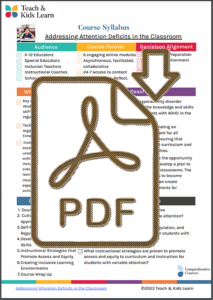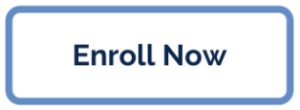Fact or Fiction? News and Media Literacy, Grades 6-12
Course Description
 |
This course on teaching news and media literacy will provide educators with the knowledge and skills necessary to evaluate the bias, reliability, and credibility of news sources and teach students how to do the same.
The course will cover key strategies for critiquing sources. Educators will learn how cultural values, beliefs, and experiences can shape media interests. They explore techniques for developing critical thinking skills in students as they consume and analyze news and media. |
In addition, the course will examine the different techniques and tactics used in propaganda and how to teach students to recognize and evaluate propaganda in the media.
Throughout the course, educators reflect on their teaching practices and develop a plan for incorporating media literacy in their classrooms. The goal of the course is to empower educators to become confident and competent teachers who can prepare students to critically consume news and media.
Essential Questions
- How does culture influence media? How does media influence culture?
- What is the relationship between bias and credibility?
- Which social identity groups are most frequently exploited and misrepresented by the news and media?
- Whose interests does the media serve?
Course Agenda
|
| Course Syllabus |
|
Comments from Teachers
“I feel like I can now incorporate a more comprehensive unit into my curriculum that enables students to separate fact from fiction and to know what is fake and what is true.”
“The new ideas and strategies that this course has taught me are how to get students to question and monitor everything that they see and hear in the media so that they are asking the right questions, checking their sources, and making sure that they don’t just believe everything they see in here and that they take their time to find out if all of the information is accurate and true”
Danielson Teacher Framework Course Alignment


